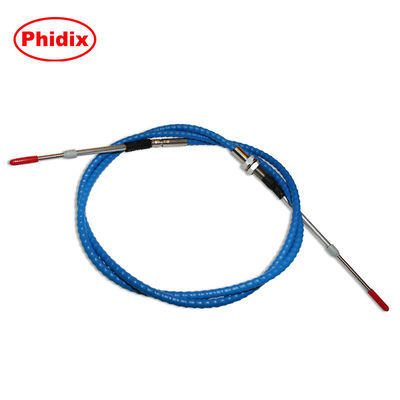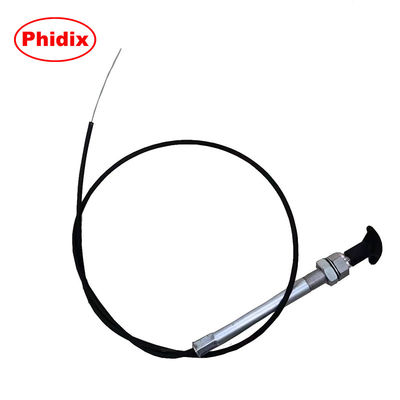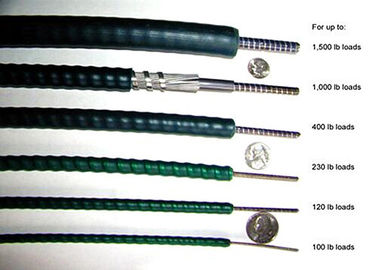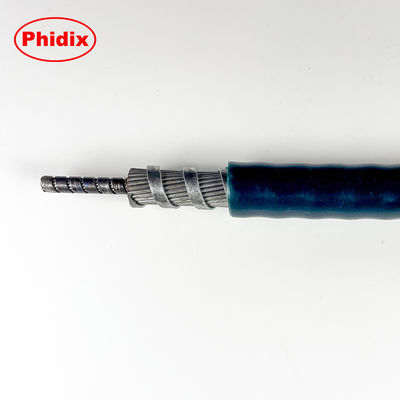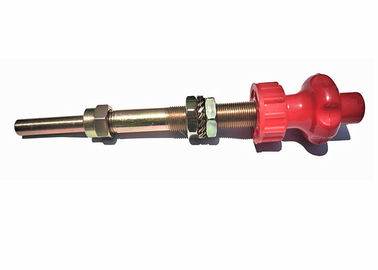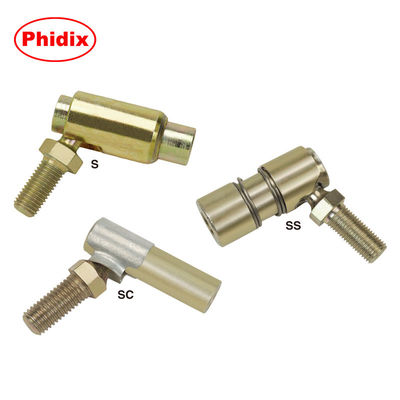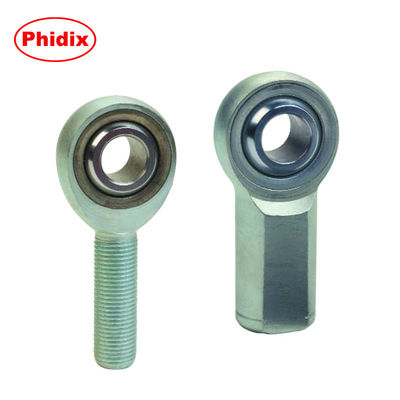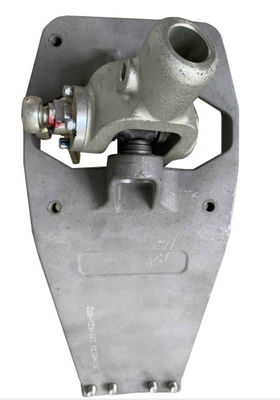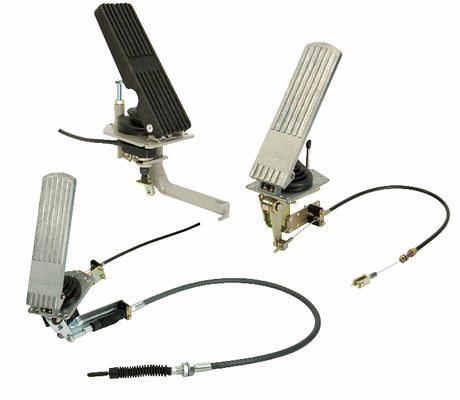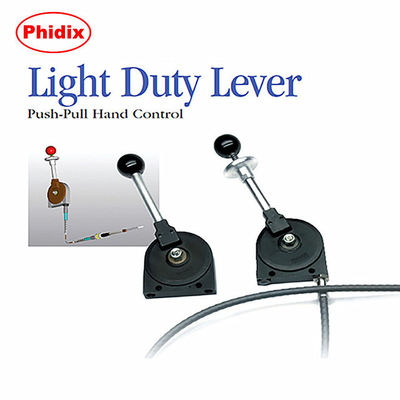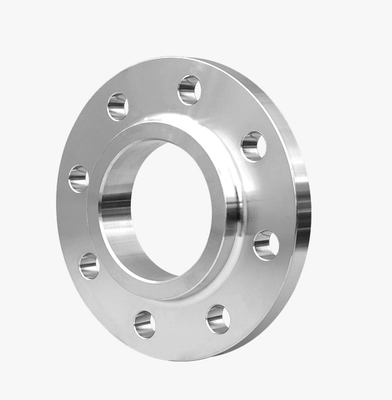“It just needs to pull, right?”
We’ve heard that line more times than we can count.
And on the surface, it sounds reasonable:
If you're only pulling—say, for a throttle, a clutch, or a brake—why not just pick the cheapest pull cable that handles the load?
But as with most things in engineering, the truth is:
Not all pull-only cables are the same.
In this post, we’re breaking down what actually separates one pull cable from another—using four of our own models as examples:
• T-Flex – our flexible, cost-effective choice
• Brake Series – built for rugged park brake and disconnect systems
• Tension Cable – for emergency kill, remote shutoff, and light winch control
• Clutch Series – for heavier mechanical engagement in vehicles or equipment
1. Structure Isn’t Just Skin Deep
Let’s start from the inside out:
| Cable |
Inner Core |
Outer Conduit |
Flexibility |
Rated Load |
| T-Flex |
Multi-strand steel, tinned or galvanized |
1 or 2-layer steel wrap, PP/PVC |
High |
~800–1000 kg |
| Brake |
Rigid steel core with locking terminals |
Reinforced conduit with tight bend radius |
Moderate |
1500–3000 lb |
| Tension |
Spring-core for constant tension |
Single steel wrap + adjustable end |
Moderate-High |
~500–700 lb |
| Clutch |
Precision-wound core with dampening |
High-density sheath, multi-point support |
Low-Moderate |
1000+ kg |
The takeaway?
Load rating alone doesn’t tell you the full story.
You also need to consider:
• Cycle smoothness
• Bend path limitations
• Long-term fatigue resistance
• Mounting clearance
2. Environment Makes a Big Difference
Where the cable is used matters just as much as what it’s doing.
| Application |
Type Needs |
| Engine bay or firewall |
Heat resistance, vibration isolation, sealed joints |
| Outdoor/road exposure |
Corrosion resistance, water-tight boots |
| Driver-operated system |
Low-friction travel, tactile feedback |
| Fixed-load systems (e.g. trailers, generators) |
Durability under static tension, minimal maintenance |
Take our T-Flex cable: it’s excellent for controlled indoor or enclosed environments—think panel-mounted throttles, manual overrides, or lift gate releases.
But swap that into a wet, salt-exposed trailer brake control and… trouble’s coming.
3. Interfaces & End Fittings: Often Overlooked, Always Critical
Most pull cable problems don’t start with the cable—they start with a bad interface:
• Wrong thread type → install won’t lock properly
• Non-swiveling end → cable twists or binds
• No dust boot → premature wear at the housing exit
• Incompatible clevis/pin geometry → extra play or mechanical lag
PHIDIX cables come with UNF, metric, clevis, ball stud, and custom end types—but only the right match works.
For example, Clutch Series typically uses ball-joint ends with lock nuts, while Brake cables often include grommet sleeves or brackets for rigid mounting.
Get the fit wrong, and even a strong cable will feel weak.
4. What Does “Performance” Really Mean in a Pull Cable?
It’s not about flash. It’s about:
• Repeatability – feels the same every time
• Zero backlash – no delay when pulling
• Non-degrading travel – no fraying, dragging, or stretch over time
• Configurable response – smooth for throttle, sharp for brakes
• Each of our cables balances those in a different way:
| Cable |
Prioritized Traits |
| T-Flex |
Flexibility, affordability, general use |
| Brake |
Strength, anchoring stability, mechanical lock-in |
| Tension |
Pull tension consistency, compact routing |
| Clutch |
Controlled travel, locking fit, heavy mechanical input |
5. Choosing the Right Cable: Start with the Job, Not the Specs
Here’s the golden rule we tell engineers:
“Don’t choose a cable because it can pull 1000 lb. Choose it because it can pull your 1000 lb the way your system actually needs.”
If your application:
• Requires compact routing → T-Flex is a good starting point
• Demands high pull load with a tight connection → go Brake Series
• Needs spring pull or reset function → Tension Cable makes more sense
• Involves clutch or release control under load → Clutch Series is built for it
Need a second opinion? That’s what we’re here for.

 Your message must be between 20-3,000 characters!
Your message must be between 20-3,000 characters! Please check your E-mail!
Please check your E-mail!  Your message must be between 20-3,000 characters!
Your message must be between 20-3,000 characters! Please check your E-mail!
Please check your E-mail! 
